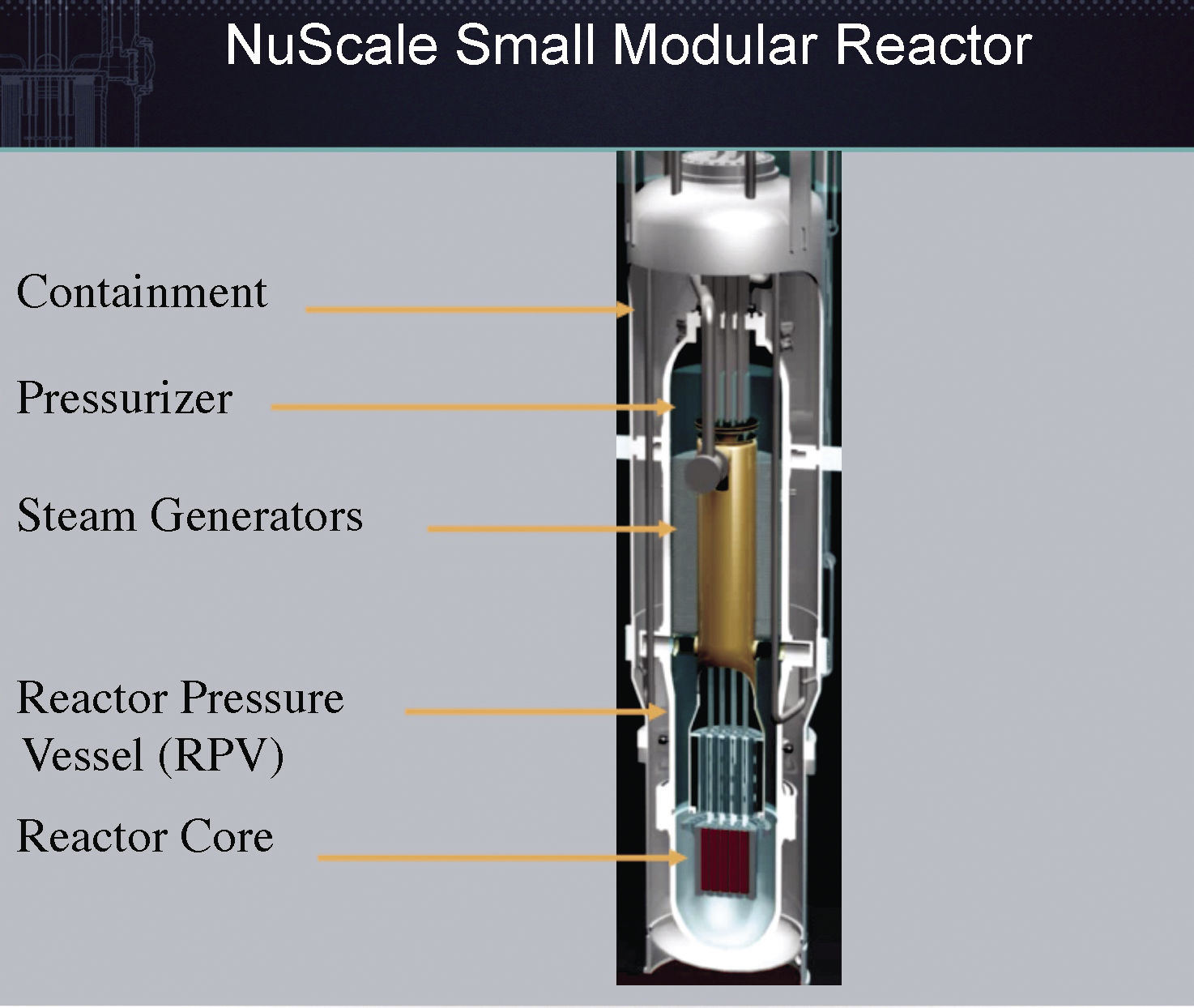Idaho project may help power sales to regulated markets
A proposal for Price City to join an effort to build a small power-generating nuclear reactor in Idaho has been tabled while further information is obtained.
During a presentation to the city council and public last week, Doug Hunter explained this technology is different than anything that has been proposed before. Hunter is general manager and chief executive officer for Utah Associated Municipal Power Systems (UAMPS).
UAMPS is proposing the project, that would use technology developed by NuScale. The project consists of 12 individual nuclear reactors, each capable of producing 50 megawatts of electricity.
It would be built at the Idaho National Laboratory.
Hunter explained the nuclear reactor project is being proposed for three reasons: Green-house gas regulations, resource replacement, and to comply with regulated markets, such as California.
To address those three issues, Hunter said, nuclear power produces no greenhouse gases. Two coal-fired plants now supporting UAMPS customers, are set to be retired within several years, and the proposal complies with all restrictions of all regulated markets.
There are 34 communities in Utah that have initially signed on to be part of the UAMPS project. UAMPS is an organization created to serve the needs of communities which provide power to it’s citizens. These are often referrred to as Municipal Power Systems.
Many years ago, when the large hydro-electicity generating dams were built communities had the right to get power from the dams, but that required a financial commitment. Some communities made the commitment. Others didn’t.
Today power from the dams cost a fraction of what power sells for on the open market.
Because the proposed project is much different than a large nuclear plant, the applicationa and approval process is much shorter. The projection is for the pant to be generating electricity by 2025. The contract with UAMPS is for 40 years, with the option of renewing for two additional 20-year periods.
Communities that buy in to the project will have a year to bail out. If things don’t look as good as they sound, Hunter said, each community will be able to withdraw in April of 2019 and received a complete refund of the investment.
The project has the complete support of the Department of Energy (DOE). In fact, the DOE is financing 50 percent of the project, while the developing company, NuScale, will finance 25 percent. The other 25 percent will be financed by UAMPS, through commitments from the communities which sign on at this time.
Another safe guard for communities built into the contract, explained Hunter, is the price. The anticipated price is 4.5-cents to 6.5-cents per kilowatt hour. If power cannot be generated at the 6.5-cents price, communities will have the option to withdraw. Tatton said at the current time, the average cost for Price City to purchase power is 5-cents, but that includes all of the sources now supplying power, which includes hydro, wind, coal, and other sources.
The application process for the plant has begun. It is done in phases. The initial application has been made and the first phase, which is basically the Nuclear Regulatory Commission (NRC) asking questions, has already begun. The initial request from the NRC was to answer 1,200 questions. Of those, 1,000 have already been answered and it is anticipated the other 200 will be answered by mid-April.
That will allow the full application to go forward. It is anticipated the plant will be operational by 2025.
A public hearing on the issue resulted in no questions or comments.
Because the proposal did not require immediate attention and since there were financial questions and city power requirement concerns, the city council chose to table the matter and bring it back for further discussion at a future council meeting. Councilman Layne Miller suggested a work meeting is probably in order.
Nick Tatton, community development director for Price City, sees the nuclear power proposal similar to what transpired with prior projects. Although the power is proposed to be in-line with the market price when it comes on-line, Tatton believes the power costs may be lower than the market price in the future.

